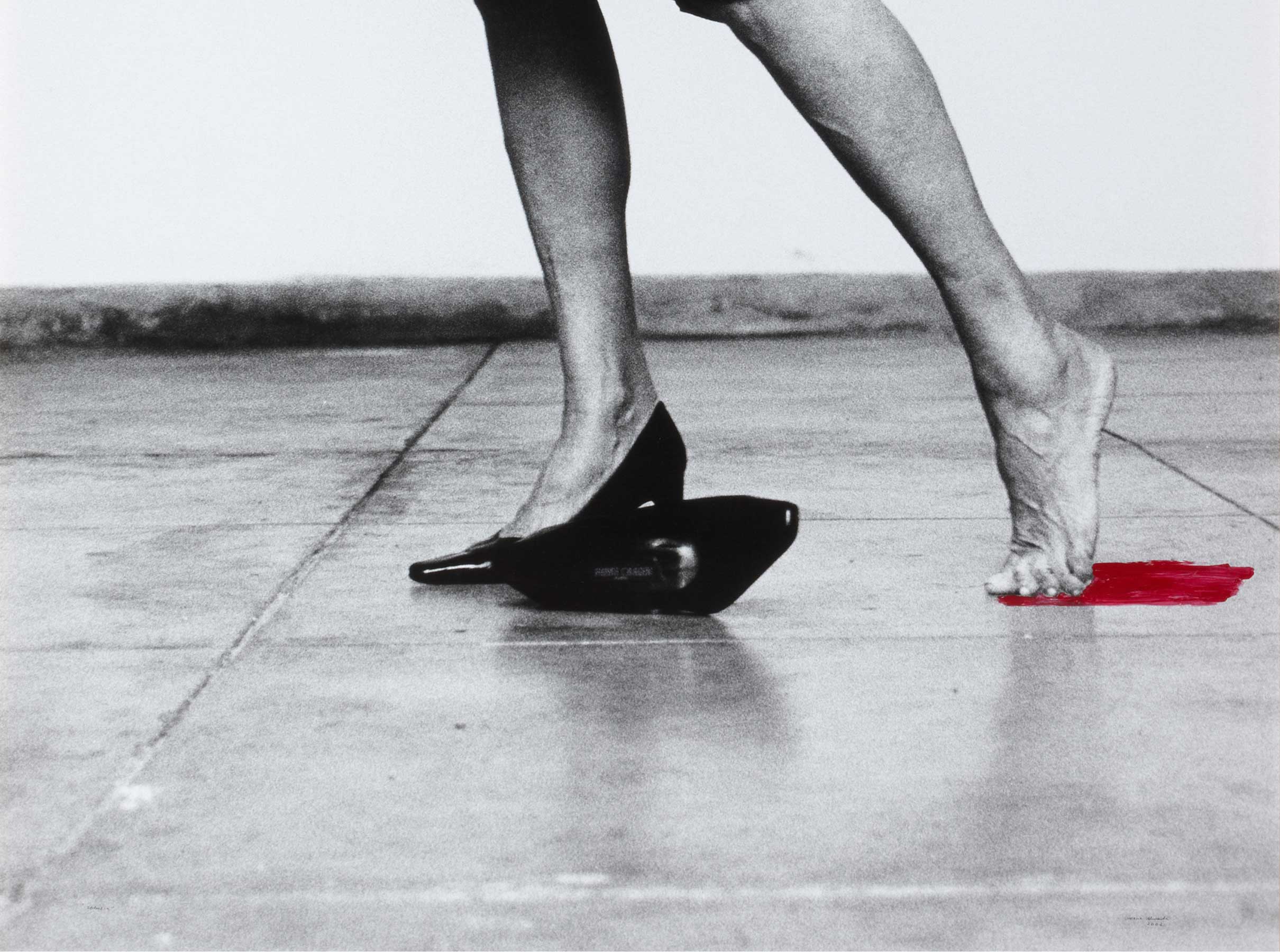Gente en la playa [People on the Beach]
- 1975
- Oil on canvas
- 81 x 100 cm
- Cat. P_269
- Acquired in 1979
By:
Alfonso Pérez Sánchez
The title of this painting is further irony by the artist. The dispersed brushstrokes, the blurred blotches of colour and the play of graphics with small shapes, tracks, outlines and dots scattered in an apparently anarchistic way make up a well-adjusted composition in which a wisely organised order prevails. The artist’s skills with colour, characterised by his use of a few well-chosen tones, provides this work with unexpected echoes of the Levantine painting of this century.
Alfonso E. Pérez Sánchez & Julián Gállego
Banco de España. Colección de pintura, Madrid, Banco de España, 1985. Alfonso E. Pérez Sánchez, Julián Gállego & María José Alonso
Colección de pintura del Banco de España, Madrid, Banco de España, 1988. Vv.Aa.
Colección Banco de España. Catálogo razonado, Madrid, Banco de España, 2019, vol. 2.
Other works by Manuel Hernández Mompó

![Gente en la playa [People on the Beach]](/f/webca/INF/assets/img/fff.png)